During the warmer months, few things are more persistently irksome than chafing. Whether you’re a runner who likes to take advantage of the nice weather or just spend a lot of time outside, chafing can feel almost unavoidable in the summertime — and it hurts. However, chafing is an all too common problem, which is why more and more companies are investing in anti-chafe products to remedy the ubiquitous issue. To help you stay chafe-free this summer, we spoke to dermatologists about the best anti-chafe products on the market, plus got their tips and tricks on how to avoid chafing and what to do when chafing occurs.
SKIP AHEAD The best anti-chafing products | How to avoid chafing | Chafing treatment
What is chafing?
Chafing is “the result of friction or skin-on-skin contact,” according to New York-based, board-certified dermatologist Shari Marchbein, MD. “Any time skin rubs with other skin, you can get chafing,” she added, noting that this commonly occurs during workouts. Chafing can happen pretty much anywhere on the body where skin touches other skin or is covered by fabric — some of the most common areas include the inner thighs and nnipples, as well as under the breasts and arms.
Moisture is also a big factor when it comes to chafing, which is why summertime is peak chafe season. “Sweat, humidity, wet clothing and swimsuits all make chafing worse,” explained Annie Chiu, MD, board-certified cosmetic and general dermatologist and founder of The Derm Institute.
How to shop for anti-chafing products
According to the dermatologists we spoke to, there are certain healing and moisture-wicking ingredients you should look out for when shopping for anti-chafing products:
- Kaolin clay: According to Jessica Wu, MD, a Los Angeles-based dermatologist and author of “Feed Your Face,” this mineral “helps absorb sweat and skin oils,” which makes it ideal in anti-chafing products.
- Aloe vera: Many of the dermatologists we spoke to noted that aloe can both protect the skin from chafing and reduce inflammation after chafing has occurred.
- Glycerin: Also known as glycerol, this ingredient “moisturizes skin without clogging pores,” according to Wu.
- Zinc oxide: Commonly found in products that treat diaper rash and sunscreens, this compound usually comes in the form of a thick, white paste and is designed to form a protective barrier on your skin, according to Marchbein.
- Cornstarch: Cornstarch-based products “help absorb moisture,” Chiu explained, making them ideal for anti-chafing products. Wu added that they can also reduce friction in chafing-prone areas.
- Vitamin E: According to cosmetic dermatology expert Kenneth Mark, MD, products with vitamin E are “particularly soothing” and hydrating.
Most anti-chafing products are lotions, jellys or glide-on sticks — sometimes they come in the form of powders. If you choose to use a powder, Marchbein said it’s best to put it on over a cream — the cream can work as a barrier and the powder, in turn, can work to absorb excess moisture. She recommends this strategy for people “once they’re [already] getting the rash” to avoid further irritation.
Dermatologist-recommended anti-chafing products
Body Glide Anti Chafe Balm Stick
Wu recommended Body Glide’s line of products and said that the Anti Chafe Balm “work[s] well on large areas.” New York City-based board-certified dermatologist Hadley King also recommended Body Glide, noting that it “works well to create a barrier between your skin and workout clothing to reduce friction.”
Gold Bond Friction Defense Stick
An “affordable” anti-chafe option, according to Wu, the Friction Defense Stick contains several popular friction-reducing and inflammation-fighting ingredients, including zinc oxide and aloe. It’s unscented to avoid further irritation, and comes in a stick to glide right onto the skin.
Lush Cosmetics Silky Underwear Dusting Powder
This dusting powder from Lush has a cornstarch and kaolin clay base, which works to “absorb moisture and sweat [and] reduce friction,” according to Wu. It’s also formulated with cocoa butter to nourish the skin, according to the brand.
SkinFix Remedy+ 911 Ointment
Chiu recommended this ointment from SkinFix, noting that it “protects chapped, irritated skin and acts as a skin barrier against trapping moisture.” It’s formulated with ingredients like allantoin and bisabolol, which “promote healing of cracked skin” and act as a “mild antimicrobial” respectively,” according to Chiu.
Megababe Thigh Rescue
Several of the dermatologists we spoke to recommended Megababe as an anti-chafe solution. “[It’s] an affordable, easy-to-use stick formulated to prevent friction by providing both hydration with grapeseed oil and improved glide to reduce the friction that leads to chafing with ingredients like vitamin E and aloe,” Chiu explained.
Vaseline Aloe Refreshing Petroleum Jelly Stick
Many of the dermatologists we spoke to noted that petroleum-based products are good for chafing since they lubricate the skin and prevent it from rubbing against skin or irritating fabrics. This TSA-friendly stick from Vaseline is easy to use on the go and is infused with aloe for additional soothing and inflammation-reducing properties.
How to avoid chafing
On top of applying anti-chafing products before you leave the house, there are some other things you can do to try and avoid the dreaded chafing rash.
- Wear moisture-wicking clothing. “These fabrics will help you keep cool and dry, decreasing the sweat that can cause chafing,” Chiu explained.
- Work out in tight fitting, seamless clothes. “It’s not gonna run and it’s not gonna move,” Marchbein noted. King added that seamless clothes will help “avoid rubbing.”
- Change out of wet or sweaty clothing. “Wet skin can make chafing worse,” King said. Make sure you aren’t sitting in wet or sweaty clothing and dry off your skin after sweat-soaked workout sessions or dips in the pool.
- Avoid wearing cotton. According to Mark, this material “does not wick the moisture/sweat away.”
Chafing treatment: How to tend to a chafing rash
At the end of the day, chafing happens. If you find yourself in an uncomfortable (and even painful) situation, the dermatologists we spoke to recommended some remedies you can try to ease the pain and speed up the healing process:
- Apply cold aloe vera gel to the chafed area. This “can help relieve irritation,” according to Wu. If you don’t have aloe vera gel, you can also try a cold washcloth compress.
- Use a mild cortisone cream if your chafing rash starts to get itchy. However, several of the dermatologists advised seeing a doctor if a painful rash persists for more than a week. “If it gets really uncomfortable, see your derm,” Marchbein said. “It might simply be irritation, but you might also have a fungal or a yeast infection or something else.”
- Wear breathable fabrics. “Airing out the area is the most helpful,” Chiu said.
- Use Aquaphor. This soothing petroleum ointment will “protect the skin” while it heals, according to King. Mark also recommended Aquaphor, noting that it’s “extremely protective, thick and rich enough to last hours when you apply it.”
Catch up on the latest from NBC News Shopping guides and recommendations and download the NBC News app for full coverage of the coronavirus outbreak.
"avoid it" - Google News
July 16, 2021 at 11:00PM
https://ift.tt/2VRBsQs
6 best anti-chafing products of 2021, according to dermatologists - NBC News
"avoid it" - Google News
https://ift.tt/3844a1y
https://ift.tt/2SzWv5y
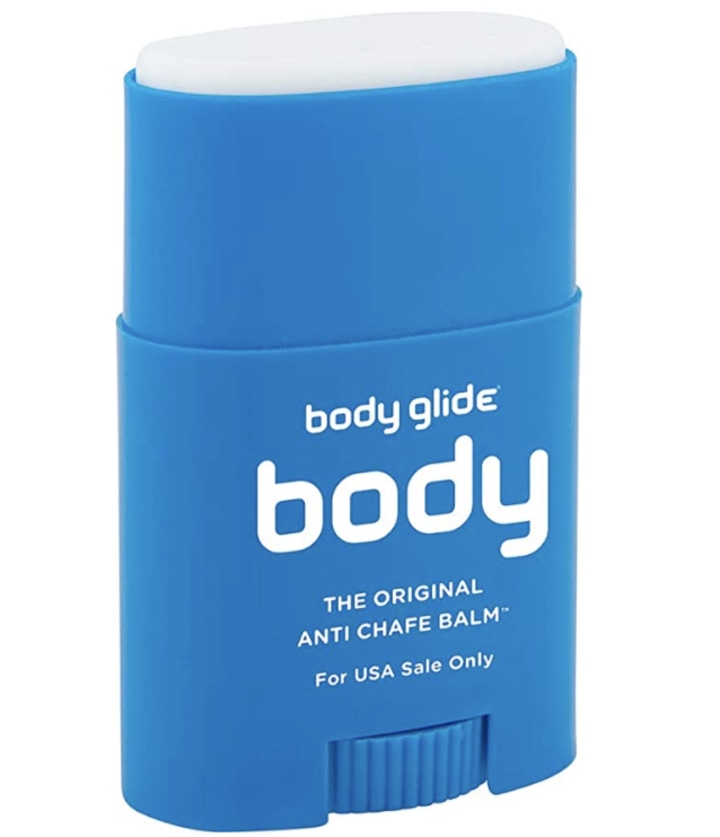
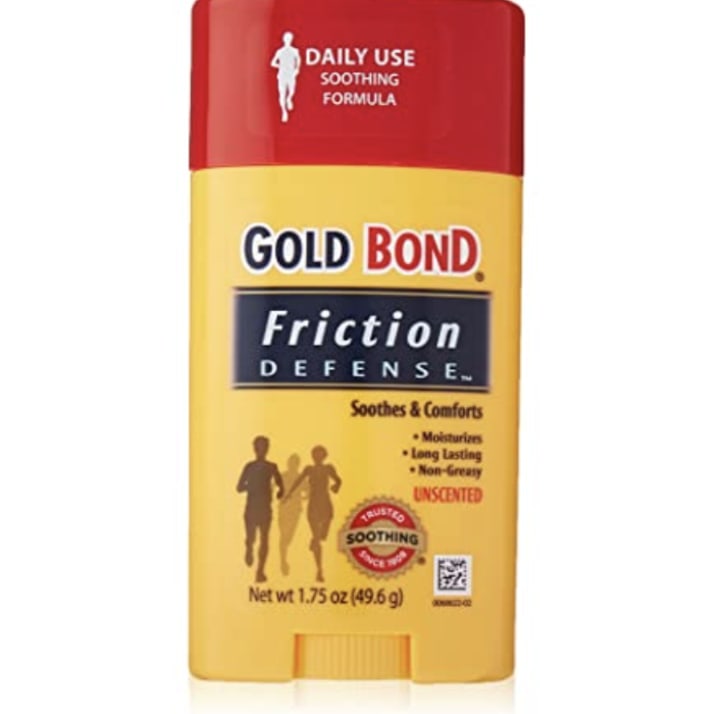
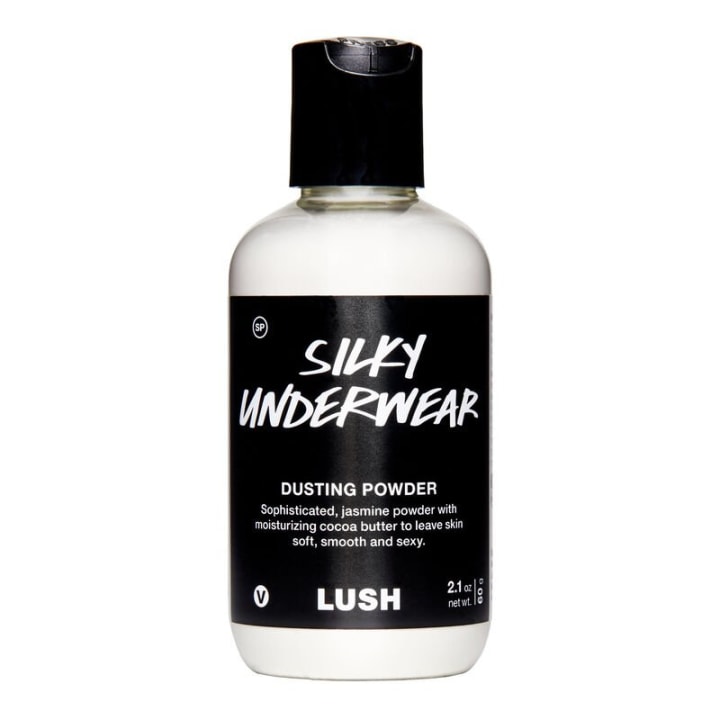
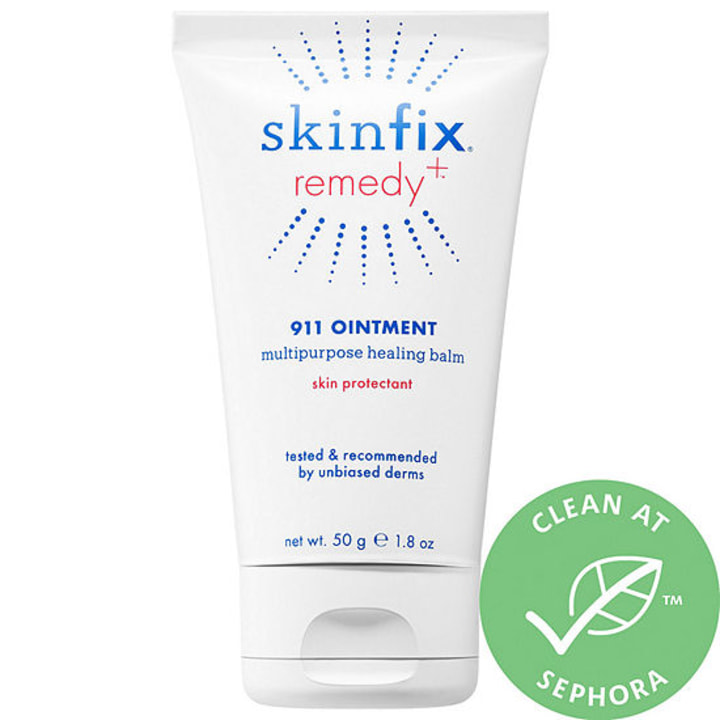
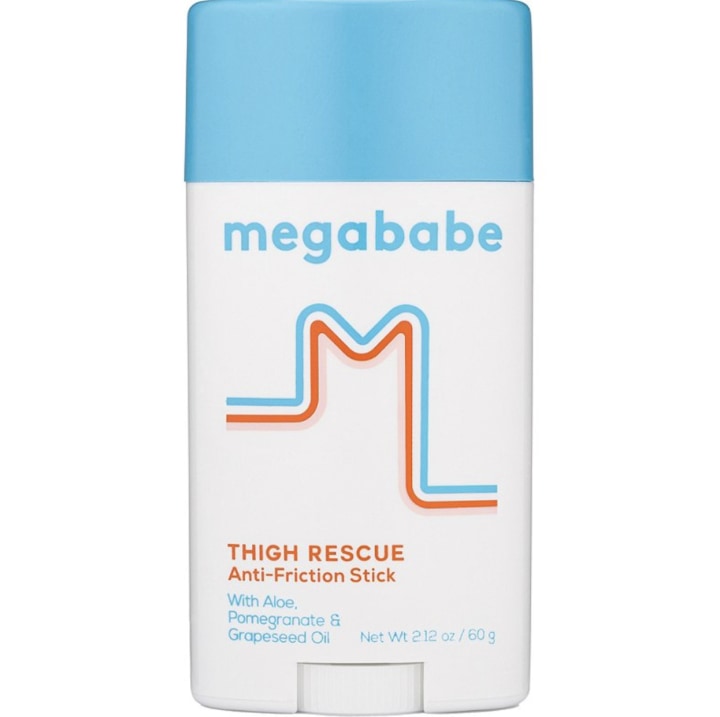
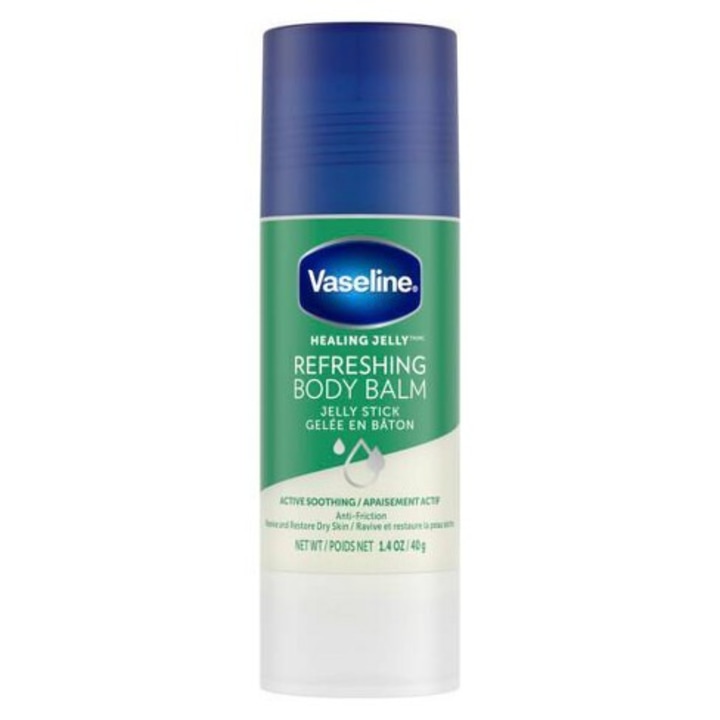

No comments:
Post a Comment